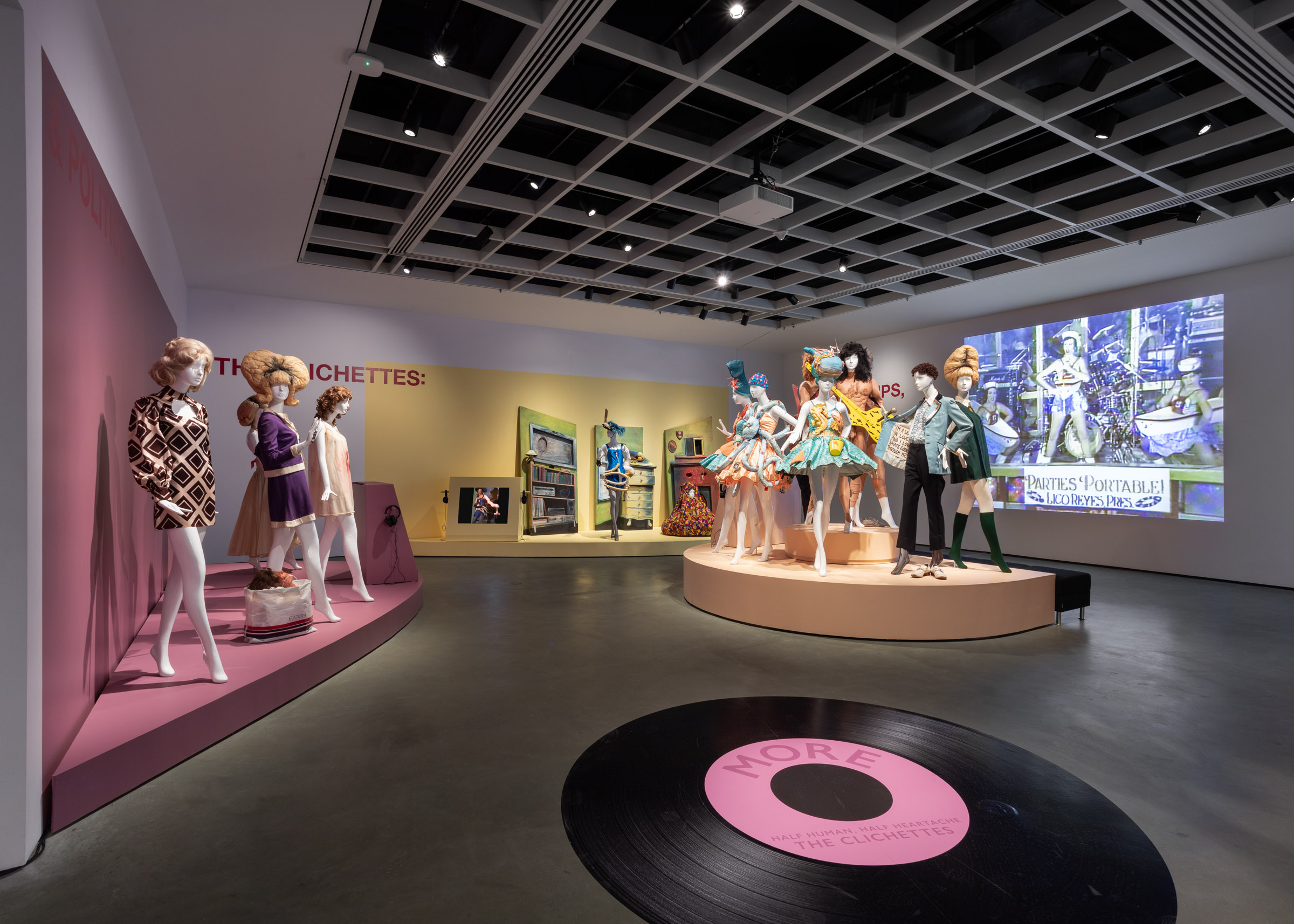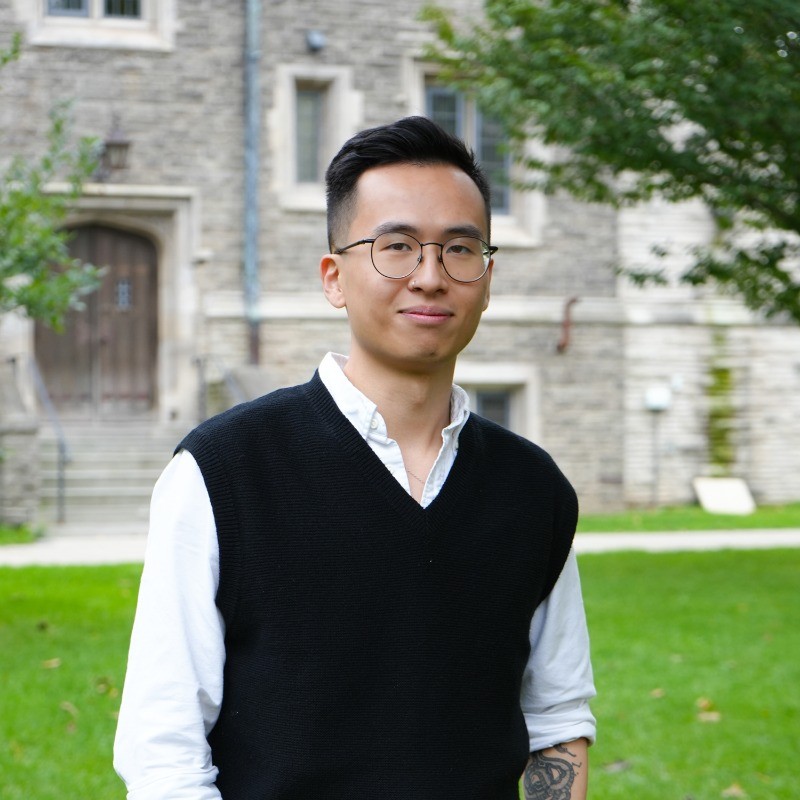An Invitation to See the Self through Others
November 25, 2014

A guest blog by Gio Diokno, 4th year Theatre and Film Student, McMaster University
Throughout the course of the term, Ben Robinson and I have been conducting research on the issue of self-representation under the supervision of Dr. Janice Hladki and Dr. Sarah Brophy and in relation to the art exhibit, This is Me, This is Also Me. The exhibit provides an opportunity to engage in an inquiry with issues surrounding self-representation in such a way that broadens the scope of possibly understanding the ways in which people represent themselves.
However, what is the purpose of examining the ways in which people represent themselves? What is it that we can take from recognizing the ways in which self-representation is read as political, self-reflective, or abstracted?
Perhaps we can answer this by thinking of ways that we see ourselves in the art; ways to connect with the art and learn more about ourselves in how art presents the self. I would like to offer a personal reflection on the art in the exhibit as a means to show the connection with art and how I learned more about myself through engaging with the artworks.
Deanna Bowen explores and traces her personal, familial history in sum of the parts: what can be named. Bowen illustrates the intersection between personal history and historical events and engages in an interrogation of how history is written. The artwork traces the history of the Bowen family alongside the history of racism and slavery in America. In relation to Bowen’s reflection on her own personal history, I found that having a personal engagement with history provides alternative ways of encountering history and lends to the recognition of people’s lived experiences within these histories.
With regards to my own experience, I’ve encountered opposing perspectives on historical events, with both Filipino and American perspectives on the politics surrounding the Spanish-American War. Growing up the in Philippines, I learned how the Americans partook in their own form of colonialism by helping the Filipinos defeat the Spaniards, promising the Filipinos their freedom, but eventually extending their stay and building military bases all over the country. Upon moving to the States, however, this event was framed as a valiant effort to liberate the Filipinos from Spanish colonial rule and a project to develop an outpost in the Pacific, which only ended upon the realization on the part of the Americans that imperialism was immoral and that the Filipinos should have their freedom.
The intersection between these perspectives on history is a mark of my complicated diasporic identity and is a reminder of how it’s important to remember the history of my heritage and how it relates to the history of the West. I find that Bowen’s work attempts to reframe how history is understood, and in some ways decolonizes history, with the subjugated Other as the primary voice of the story being told. Bowen’s work addresses the absence of the self in history and articulates the importance of personal stories in the framing of history, illustrating concerns as to whose stories are told and whose identities are at stake.

The artworks in the exhibit pose such questions about the interactions between self and society, considering how we represent ourselves and whether or not “the self” is at the center of dominant modes of representation. The artists illustrate the politics of representation and offer their art as ways for audiences to understand, not only the artist’s politics, but also how the audiences are implicated in the issue of representation. With the topic of society and politics of representation in mind, we can mobilize these artworks as ways to look into our own lives and how we represent ourselves.
With our visual culture inundated with “selfies” on multiple platforms such as Instagram, Snapchat, and Facebook, it’s quite clear that contemporary culture centers on the practice of image-making and articulating the self.

A continued reflection upon the ways in which we take part in the process of self-representation could lead us to understanding more about ourselves, how we represent ourselves in relation to society, and the cultural phenomena unfolding before us.
To further engage with the discussion on self-representation, a panel discussion, “Representing the Self, Connecting to Others,” will be taking place on November 27 at 1:30pm in the McMaster Museum of Art. Come and join the discussion!

McMaster Museum of Art wins Exhibition of the Year for The Clichettes: Lips, Wigs and Politics
December 2, 2025
On Monday, December 1, 2025, Galeries Ontario / Ontario Galleries (GOG) announced the winners of the 48th Annual GOG Awards and the McMaster Museum of Art (M(M)A) took away the top award for the Exhibition of the Year (Budget Over $50K) for the Fall 2024 exhibition The Clichettes: Lips, Wigs and Politics produced in partnership […]

The Creative Process: Well-being through art with the McMaster Museum of Art
August 22, 2025

McMaster Museum of Art Welcomes New Communications Officer Jeff Jung Sing Chow
July 11, 2025





